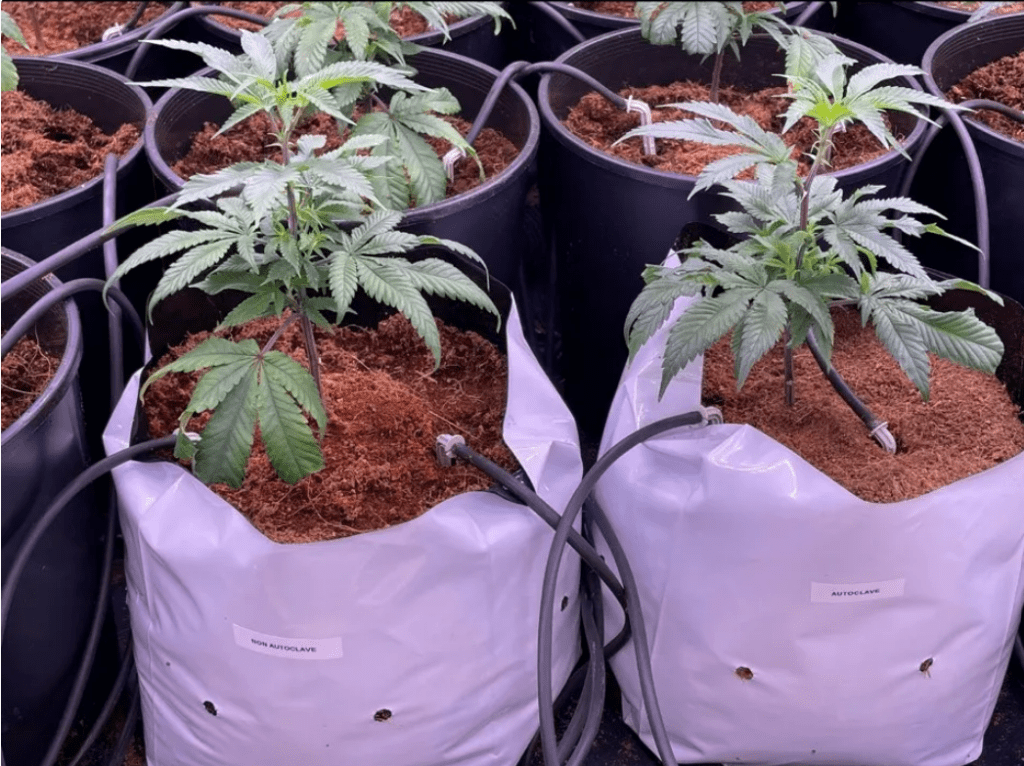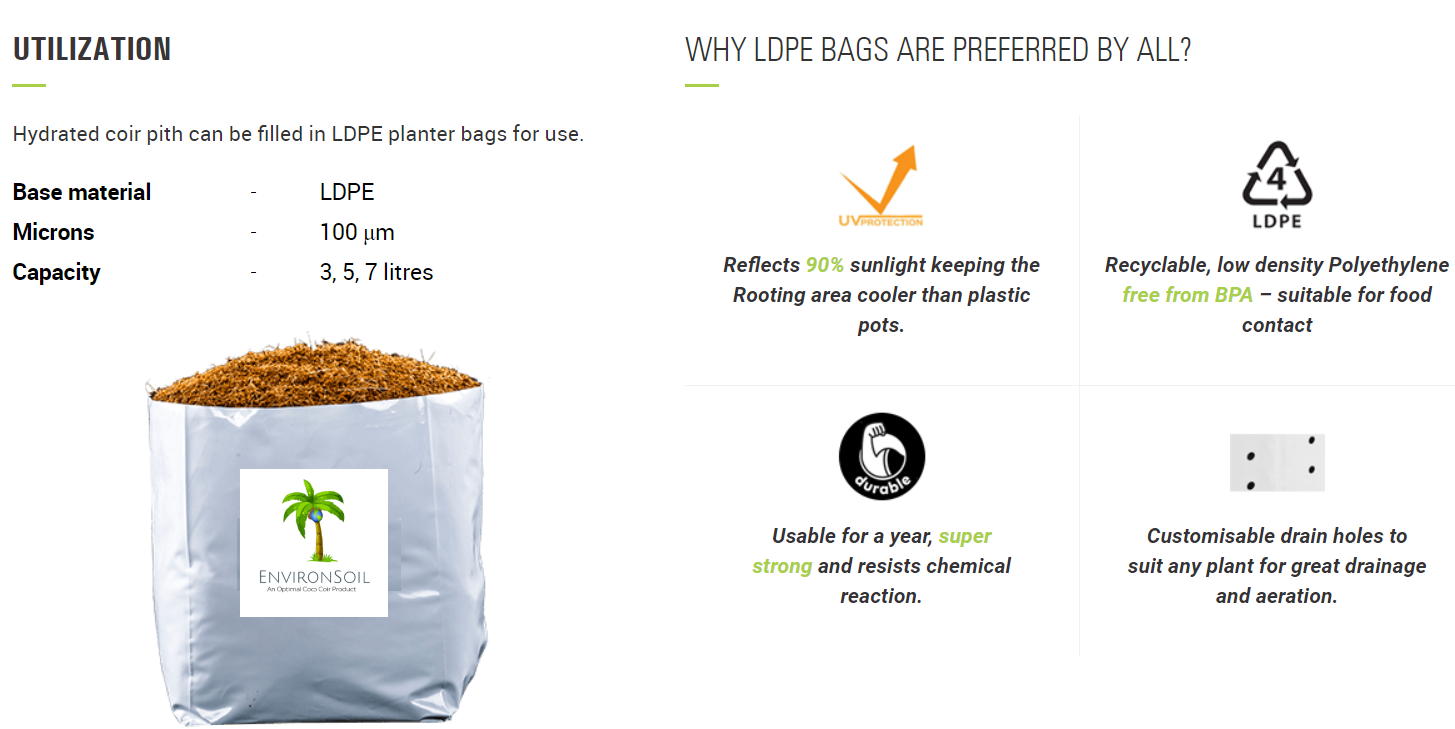
[This article has under no circumstances been created for illegal purposes – We suggest that readers should consider the laws and regulations of their area before they learn how to grow cannabis indoors]
Cannabis sativa, Cannabis indica, and Cannabis ruderalis are three psychotropic species that make up the cannabis plant family. When the blooms of these plants are plucked and dried, you are left with one of the world’s most widely used drugs. Some people call it to weed, some call it pot, and others call it marijuana.
Weed’s name has evolved as it has become more popular across the world and is legal in some places. Most people nowadays refer to it as cannabis.
Cannabis is commonly taken for its sedative and soothing properties. In some areas in the United States, it is also prescribed to treat a variety of medical problems including chronic pain, glaucoma, and low appetite.
Keep in mind that, despite the fact that cannabis is derived from a plant and is considered natural, it may nevertheless have powerful effects, both good and negative.
Growing indoors is private and you can get control over your own plants. As a newbie, you should start with small plots – the smaller the grow, the less expensive it is to set up.
When planning your area, keep in mind that you’ll need to create room for your plants as well as lighting, fans, ducting, and other equipment. You’ll also need some room to work on the plants. In the early stages of flowering, cannabis plants may double in size, so make sure you have enough headroom!
You can grow everywhere that has access to water and fresh air:




Ideally, the location should be near a window so that air from the grow space may be vented outdoors. Weed plant growth stinks! You’ll want to divert air, especially as flowering begins, so your house doesn’t reek of cannabis.
During their vegetative and blooming phases, cannabis plants require different amounts of light. Plants require 18 hours of light per day during the vegetative stage and 12 hours per day during the blooming stage. The blooming cycle—when cannabis plants begin to develop buds—is triggered by a drop in light from 18 to 12 hours each day.
The amount of light the cannabis plants receive is so important. That’s why your indoor grow area must be light-tight. Light leakage during dark times can confuse your plants, causing them to develop male blooms or shift to a different stage.
There are three most popular types of cannabis grow lights used for indoor growing: HID (high-intensity discharge), Fluorescent grow lights, and LED grow lights. Based on your budgets and purposes to choose the most suitable light for your precious cannabis plants.
Soil is the most classic medium for growing cannabis indoors, as well as the most forgiving, making it a great choice for beginners. Any high-quality potting soil will work, as long as it does not include artificial extended-release fertilizer, which is contradictory with providing great cannabis. However, traditional soil nowadays is no longer appreciated. Instead of that, professional growers are seeking a better and more appropriate soil for cannabis plants. Since the high-quality soil also affects the quality of cannabis plants, which type of soil should you choose to have the best cannabis plant? It would undoubtedly be an eco-friendly organic soil (also known as growth medium) which is Coco Peat.
Learn more about the benefits of Coco Peat in this article!
Plants require fresh air to grow, and carbon dioxide (CO2) is important for the photosynthesis process. This means you’ll need a continuous stream of air streaming through your grow area to move hot air out and cool air in.
The majority of cannabis strains demand an upper-temperature range of 75 to 85 degrees Fahrenheit. Keep the room temperature between 55 and 75 degrees Fahrenheit after the lights are turned off. Indica strains favor the cooler end of the temperature spectrum.
An ideal option is to have oscillating fans in your grow room to produce a constant wind, since this will strengthen your plants’ stems, making them stronger and healthier.
Choosing the right nutrients for your cannabis plants is one of the most essential steps that decide whether your plant will grow healthily or die in the middle of the process.
There are “super seven” macronutrients that your plants need. In no particular order, these are:
It is critical to growing your cannabis plants to a size that is appropriate for your space and the container you choose. You will need to transplant your plants every time they double or triple in size.
This requirement can be met by any of EnvironSoil’s products. Our product’s could undoubtedly serve the demand of growing cannabis plants indoors. Or else, in terms of the EnvironSoil’s Grow bag, all you have to do is sow the seeds into the pre-cut holes and then water them. Because of its convenient and easy-to-transport features, you don’t have to buy pricey and space-consuming potted plants.
You can buy seeds or clones depending on how you want to start. It will save your time if you buy clones. Whether you select seed or clone, you should start with a trusted source. Because the health of your cannabis is primarily determined by genetics.
Some common mistakes of newbies are that you’ll assume the more water the better and sometimes forget to water your plants.
There are a few obvious factors that influence the frequency of watering and the amount you provide. These factors include the plant’s size, growth stage, and photosynthetic rate (how quickly it grows). There is no exact science to show you how much water to give and how often. Use your love to estimate it!
Here is a daily maintenance checklist you should have for your indoor cannabis:
There are four stages of cannabis from seed to harvest:
In general, it takes 10-32 weeks to smoke your indoor cannabis. It will be quicker if you plant with clones.
The harvest time will depend on how big you want your plants to be and how frequently you want to harvest—you can have multiple harvests of smaller plants or fewer harvests of bigger plants.

